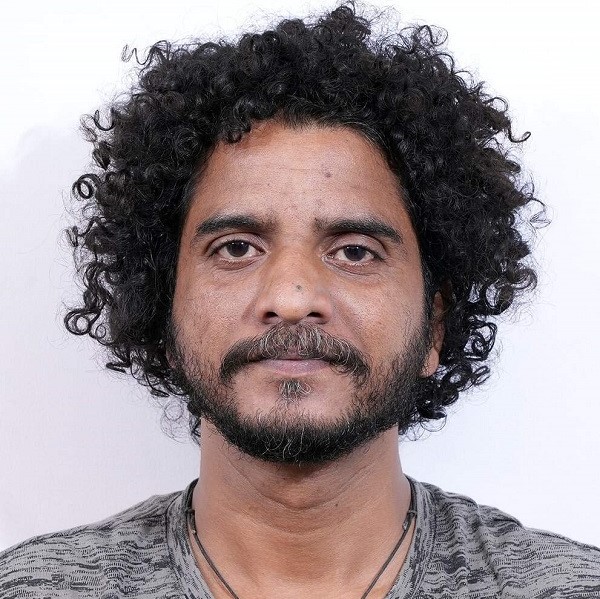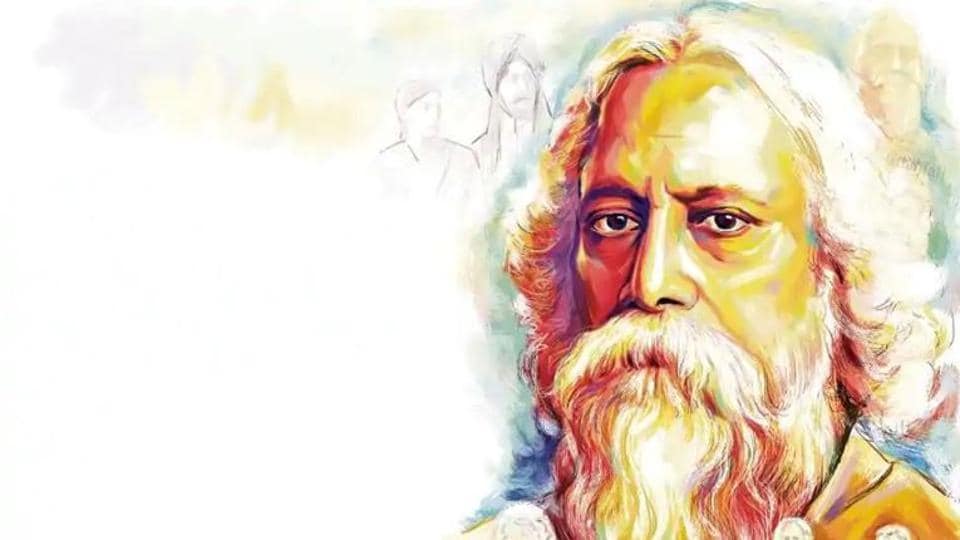Krispin Joseph PX
The impact of Rabindranath Tagore on Indian Art and culture is a research question that needs to be answered precisely. Modern Indian art- culture, and social movements are inevitably framed by Tagorian ideas of Modernity and social life. As a poet, Tagore brings the whole of India in a stance of his writings, and he celebrates his creativity through short writing, playwright, writer of dance dramas, songwriter and composer, artist, nationalist and internationalist, educator and thinker.
May 7th is the birth anniversary of Tagore, and how can we remember his legacy in our cultural settings? How can we make broad accounts of Tagore in a contemporary social environment of Indian art and the route of modern Indian art? When we start thinking of “Modern Indian art” or “Culture” in a historical sense, we realise that Tagore is the antecedent of cultural and artistic history. Tagore creates the ambience and gives many artists a choice of creative practice.
Tagorian ideas of art and culture are not apparent from each other. “Tagore embodies an internal dialogue of local, regional, national, and international concerns of cultures and their histories and the fashioning of new ethics and aesthetics, of subjects, subjectivities, and subjections, of lived and imagined communities, of identities and representations, and of the other, who are excluded or marginalised from representation and the yet other, who escapes or refuses representation,” writes Debashish Banerji in his introduction of the edited book titled “Rabindranath Tagore in the 21st Century” (2015). The world of Tagore is spread out in Indian culture and art.
Art historian R Siva Kumar writes about the Tagorian impact on modern Indian art (1999). How does Indian Modernity start in the Indian art scene? Who brings this modern thought and practice to Indian artists? No one can obtain Modernity in a country; Modernity is an idea reflected in all provinces of progress, thought and actions. Siva Kumar writes about the impact of Tagore on modern Indian art because that impact is evident and unavoidable. Tagore is essential in modern art because “he was more exposed to modern Western art and its “primitive” sources than any of his contemporary (p17), writes Siva Kumar, and his internationalism goes deeper than a few formal affinities and is rooted in his critique of nationalism.
Modern Indian art is a ripple of modern Indian thought that formed in association with nationalist movements and postcolonial thinking in various areas of humanities. In the colonial period of Indian art, most Indian artists carry a piece of Western art school baggage as a cultural hegemony of the West to their country and culture. From 1760 to 1860, western academic artists visited India and provided a model to Indian artists in scientific and more advanced art. “Itinerant European artists, who contributed immensely to the change in Indian taste (p14), write Siva Kumar in his essay on Modern Indian art.
A unique Indian situation is a fundamental element of the formation of Tagore, and spiritual-social reasons are visible in his artistic and modernist activities. What is his relevance in the contemporary Indian situation is an essential question we need to ask for the understanding of the art movement and the people’s social life.
“Rabindranath was a poet and a philosopher; in politics, he was an interested outsider, and assimilating the ideas of the East and West was always his goal, writes Tapati Dasgupta in social thought of Rabindranath Tagore (1993). We all know that the Bauhaus Foundation exhibition in Kolkata in 1922 brought new insights into Indian art. Tagore is the man behind this exhibition. That show is a comprehensive account of Indo-European artists, the works of Wassily Kandinsky, Paul Klee, and other fellows of the Bauhaus in Weimar, alongside the avant-garde works of the nationalist Bengal School of Painting displayed in that show. Tagore tried to assimilate the creative gaps between East and West in a show that helped Indian artists to understand the intensity of the word of Modernity.
Indian art historian Partha Mitter writes about the Bauhaus exhibition in the book “Rabindranath Tagore in the 21st Century” (2015). Mitter discusses the modernist value of that exhibition and claims, ‘Tagore’s cosmopolitan values and his efforts to bring different worlds closer’ (p84). In this essay, Mitter questions modernism which everybody thinks is imposed by the West on to rest of the world. ‘The global transmission of modernism did not travel in one direction; it was a complex and dynamic process in which the West and the rest of the world interacted (p84), writes Mitter in his essay.
The Bauhaus exhibition is essential in Indian art because that brings the two directions of art practice in a single show. Mitter writes about the Bauhaus avant-garde artists had much in common with the Bengali artists similarly concerned with resisting mainstream art. The artists from Bengal and other parts of the country may get enough inspiration from that exhibition. Artists start creating their modernism from great Indian epics, myths and folklore.
‘Rabindranath contributed as much to global modernism as an alternative voice of Modernity as he took from the West. Again, his great reputation persuaded Kandinsky and other members of the Bauhaus to show in Calcutta. One of the leading architects of Indian Modernity, both as an educationist and as a painter, Tagore took a lively interest in European culture, particularly modernism, including the Bauhaus, writes Mitter (p85). What brings Tagore to India is not an exhibition of a kind but the crucial element of Modernism in India. Tagore carries the idea of modernism in his actions, including the foundation of Viswabharati University and the exhibition. Because of this, Tagore paints ‘provocative, anti-representational art full of radical distortions’ (p86).
When Gandhi took charge of the nationalist movement in 1918, a language of “primitivism” formed the basis of his anti-capitalist ideology of resistance to colonial rule, as writes Mitter. The realm of Indian avant-garde movements is entirely intrigued by urban industrial capitalism in modern Indian art. Mitter writes about Tagore’s background to bring this modernist concept to Indian art.
Reference
1) Kumar, R. Siva. “Modern Indian Art: A Brief Overview.” Art Journal 58, no. 3 (1999): 14–21. https://doi.org/10.2307/777856.
2) Dasgupta, Tapati. Social Thought of Rabindranath Tagore. New Delhi: Abhinav, 1993.
3) Banerji, Debashish., ed. Rabindranath Tagore in the 21st Century: Theoretical Renewals. New Delhi: Springer, 2015.

Krispin Joseph PX, a poet and journalist, completed an MFA in art history and visual studies at the University of Hyderabad.






